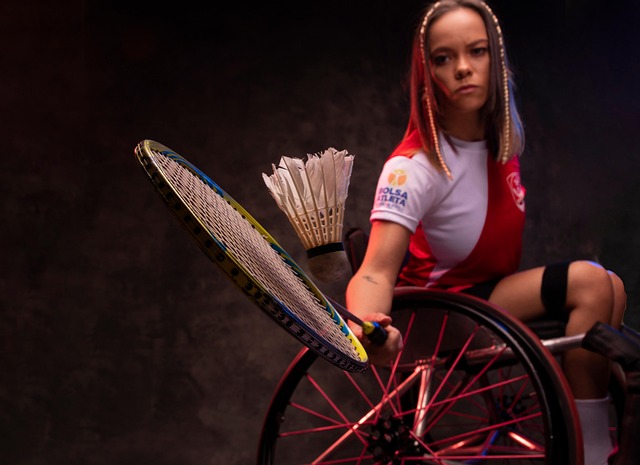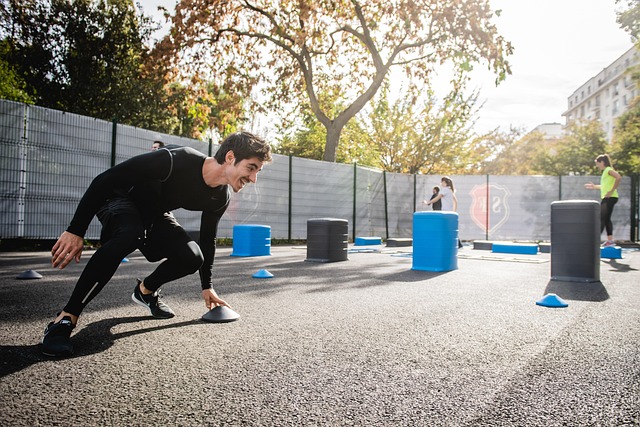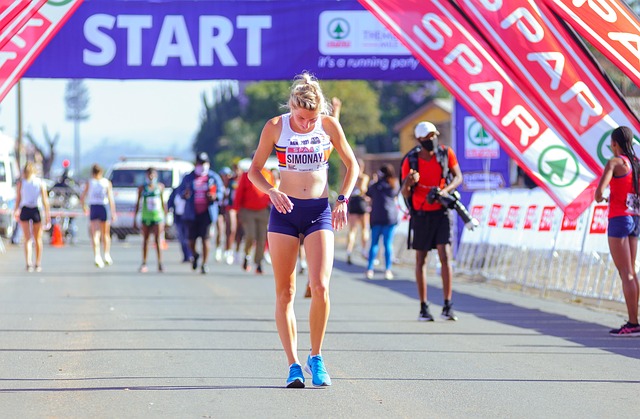Cross country success demands strategic planning combining course analysis, gear selection and tailored training. Physically, athletes require speed, stamina, agility and strength while mentally, fortitude, consistency and positive attitude are vital. Running technique evaluation, fitness metrics tracking, data-driven plans, and fostering a cohesive team environment are key to effective cross country training.
The scouting process in cross country (CC) training is vital for identifying and cultivating top athletes. This article delves into the essential components of CC scouting, focusing on understanding key attributes, evaluating running techniques, incorporating fitness metrics, and balancing team dynamics. By adhering to these strategies, coaches can create a competitive edge while nurturing both individual potential and team cohesion in cross country training.
- Understanding Cross Country Scouting Essentials
- Defining Key Attributes for Team Selection
- Evaluating Athletes' Running Techniques
- Incorporating Fitness and Endurance Metrics
- Balancing Team Dynamics and Individual Potential
Understanding Cross Country Scouting Essentials

Understanding Cross Country Scouting Essentials is paramount for any team or individual aiming to excel in this demanding sport. The process involves meticulous planning and evaluation, tailored to the unique challenges of off-road courses. Coaches and athletes must be adept at recognizing and incorporating key elements such as terrain assessment, footwear optimization, and navigation strategies.
Effective cross country scouting includes studying the course layout, identifying potential obstacles like steep climbs or treacherous descents, and selecting appropriate gear. Proper training regimens should incorporate varied workouts to build endurance, speed, and agility – essential traits for navigating unpredictable trails. By focusing on these fundamentals, athletes can prepare optimally for the unpredictable demands of cross country competitions.
Defining Key Attributes for Team Selection

Selecting a cross country team requires a keen understanding of the key attributes that contribute to success on the course. Athletes should possess a blend of physical and mental qualities, as this demanding sport tests both endurance and resilience. In terms of physical attributes, speed, stamina, and agility are paramount. Runners need exceptional cardiovascular fitness to endure the long distances and varied terrain often encountered in cross country races. Additionally, flexibility and lower-body strength are crucial for quick turns and maintaining form over rough ground.
Mental fortitude is equally important during cross country training. Athletes must develop mental resilience to cope with challenging courses and competitive pressure. The ability to stay focused, manage fatigue, and adapt to changing race conditions can set apart a good runner from an exceptional one. Team selection should also consider factors like consistency in performance, a positive attitude, and the capacity to learn and improve, ensuring that chosen runners are not just physically capable but also mentally prepared for the rigors of competition.
Evaluating Athletes' Running Techniques

During the scouting process in cross country, a thorough evaluation of each athlete’s running technique is paramount for identifying strengths and areas for improvement. Coaches and scouts should assess factors such as posture, foot placement, stride length, and efficiency to gain insights into the runner’s biomechanics. Observing these techniques in action during training sessions or races provides valuable data that can guide personalized training plans.
In cross country training, focusing on refining running techniques enhances performance and reduces injury risk. By analyzing an athlete’s gait and making adjustments, coaches can optimize their energy expenditure, improve speed and endurance, and help them adapt to the varied terrain typically encountered in cross country competitions. This meticulous evaluation process is a key component of developing well-rounded and successful cross country runners.
Incorporating Fitness and Endurance Metrics

Incorporating fitness and endurance metrics is a crucial aspect of the scouting process in cross country training. Coaches and scouts must go beyond simple observation to objectively assess an athlete’s potential. This involves tracking key performance indicators (KPIs) such as heart rate, pace, and distance covered during training runs and races. By analyzing these data points, coaches can tailor individualized training plans that target specific areas for improvement, ensuring athletes reach their peak performance on race day.
Advanced fitness metrics provide a deeper understanding of an athlete’s aerobic and anaerobic thresholds, VO2 max, and fat burning capabilities. This information is invaluable for optimizing training routines, adjusting intensities, and monitoring progress over time. Incorporating these metrics into the scouting process allows coaches to make data-driven decisions, ultimately fostering a culture of continuous improvement within the cross country team.
Balancing Team Dynamics and Individual Potential

In cross country training, balancing team dynamics and individual potential is a delicate act that requires thoughtful strategies. While group camaraderie and shared goals are vital for fostering a strong team spirit, it’s equally important to recognize and nurture each runner’s unique abilities and aspirations. Coaches must create an environment where individuals feel supported by their teammates but also inspired to reach their personal bests.
This balance involves tailored training plans that accommodate different skill levels and fitness journeys. Through open communication and regular check-ins, runners can discuss their individual goals with coaches who can then incorporate these objectives into team practices. This approach ensures every member of the squad feels valued and motivated to contribute both individually and collectively to the team’s overall success.
